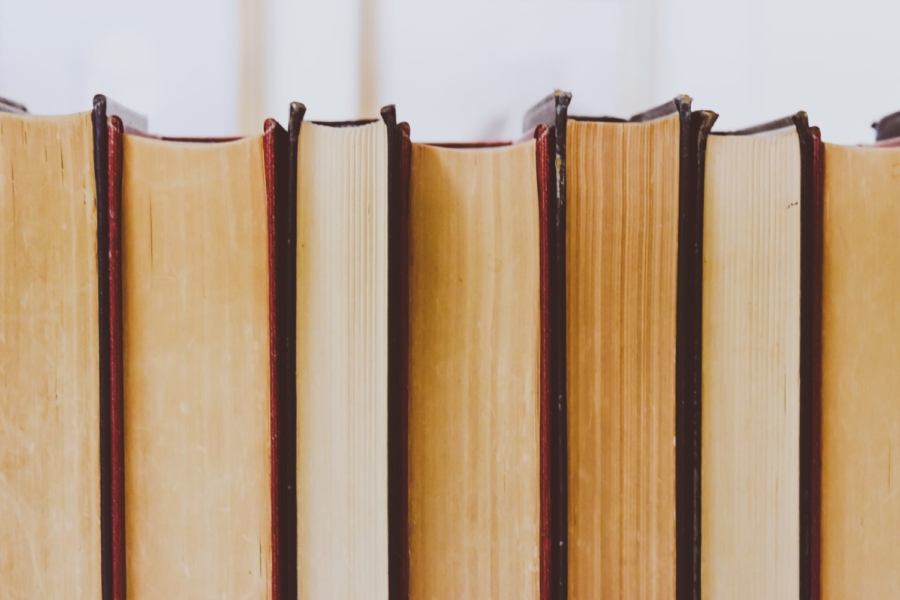The Intricacies Of Banned Books
December 21, 2021
Ever since middle school summer reading, we have been taught about and assigned to read “banned books”, but why are books banned? And more importantly, why are banned books something we are suggested to read even away from a classroom setting.
According to a quick google search, banned books are something people should read because they deal with “realistic” and “timely” topics. Early on in writing this article, I wanted to compare what is suggested we take out of banned books to what is missing in history books. It felt that when people suggested someone should read a banned book because it deals with a realistic real world topic (which is often in some way historically related) these things should also be represented by nonfiction in our required classes. It has been established pretty clearly that the representation of “realistic” history is not entirely existent in our history books at the school. I decided to speak to Mrs.Costello because as the librarian, I figured she would have an in-depth understanding about banned books.
According to Mrs. Costello, banning a book does nothing but increase curiosity. She also says, “reading broadens your mind about a variety of cultures.” The idea is that reading a book that has been banned somewhere will open your eyes to things you might not have considered or are simply distanced from. For example the book, “A Mostly True Diary Of A Part Time Indian” is a book that was in the top ten challenged books list since 2007. The book deals with issues most people might not be thinking about. Therefore reading it would likely be beneficial considering the possible gain in perspective.
Mrs. Costello says that the most important part of banned books is to first read them and then make your own judgments. She also says that this connects to things outside of the realm of banned books; it’s important to take in information and then make judgments about it yourself. This seems very normal. However, we often take in foreign ideas without truly thinking about them. This is the nature of venturing out into new ideas; however this is exactly why Mrs. Costello’s point has so much value. It seems that one could take in important gains in perspective by looking at someone’s lack of perspective, (for example a racist character) and then making judgements.
Notably however, this could have a potentially adverse effect on someone who can relate to the character and their ideas. To put it plainly, if someone is racist and they read a book with a character who is in some way similar to them they will probably have an unfavorable reaction. The exact opposite reaction of what would be intended.
Another interesting note about banned books in our own school is that according to Mrs. Costello, no book has been genuinely challenged in the school within the 16 years she has worked at Pentucket. The closest thing has been complaints from parents however there have been no official challenges.
This information however is merely empirical. A study by the American Library Association’s Office for Intellectual Freedom showed that there was a 60% increase in challenges to books. Ideally books that are banned are the ones which are truly advocating for racist, sexist, transphobic, or homophobic ideas.
The overall takeaway of banned books is that they can be boiled down to controversy. It seems the best way to go about reading banned books is to look at them overall and then make personal judgments and conclusions. Looking back I was wrong, it seems that the takeaways from nonfiction and fiction are entirely different even if the goal is seemingly synonymous. It seems that the present issues relating to both history books and banned books are entirely separated.











